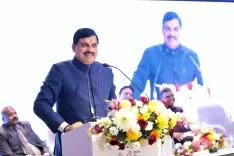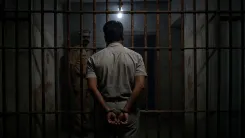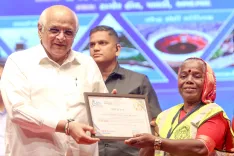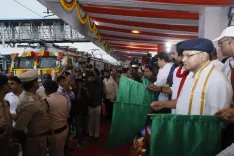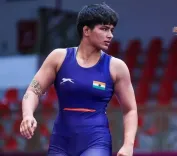How did Dilip Chaurasia’s dream home become a reality under PMAY?
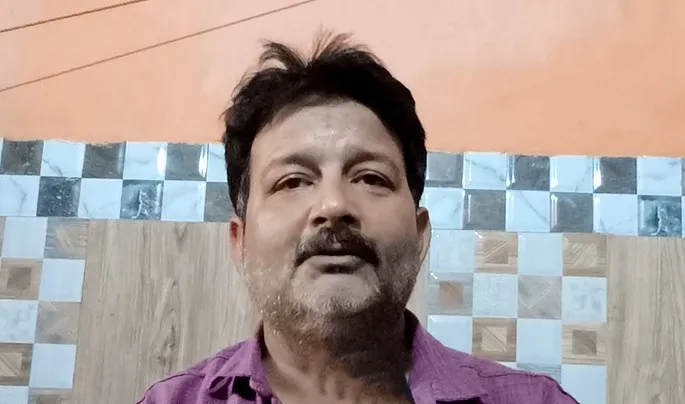
Synopsis
Key Takeaways
- PMAY provides financial assistance for housing.
- Empowers women through home ownership.
- Targets rural housing development extensively.
- Focuses on disaster-resilient construction practices.
- Enhances local employment through skilled training.
Nala Sopara, July 19 (NationPress) For Dilip Chaurasia, a resident of Nala Sopara East in Maharashtra's Palghar district, the aspiration of owning a home seemed like a far-off fantasy. However, with the assistance of the Pradhan Mantri Awas Yojana (PMAY), that fantasy has transformed into a tangible reality.
In an interview with IANS, Chaurasia revealed that he received a financial grant of Rs 2,67,000 through the PMAY initiative.
"This sum has been a lifeline for me," he expressed.
"Without this aid, purchasing a flat would have been nearly impossible. I am deeply grateful to Prime Minister Narendra Modi and the Central Government for facilitating this opportunity."
His neighbor, Vivek Tiwari, shared similar sentiments, recognizing the life-changing influence of the scheme.
“Dilip was encountering substantial financial hurdles while attempting to buy his flat,” Tiwari noted.
“But once he received the PMAY benefit, everything shifted. He not only secured his home but also regained his confidence. This initiative is indeed a blessing. We are all thankful to PM Modi.”
The PMAY has emerged as a ray of hope for countless families throughout India, particularly those in both urban and rural settings, who aspire to home ownership despite financial constraints.
Launched in two phases - PMAY-Urban (2015) and PMAY-Gramin (2016) - this scheme encapsulates PM Modi’s vision of ensuring “Housing for All” by providing permanent homes to economically disadvantaged segments of society. Since its launch, PMAY has made significant strides.
Under PMAY-Gramin, the government has set a target of constructing 3.32 crore homes. As of November 19, 2024, over 3.21 crore homes have been sanctioned, and 2.67 crore homes have been completed, greatly enhancing the quality of life for rural families across India.
The initiative also emphasizes women’s empowerment, with 74 percent of homes registered either solely or jointly in the names of women. The government is striving to achieve 100 percent home ownership by women, marking a significant advancement towards gender-inclusive development.
Besides promoting home ownership, PMAY also fosters skilled employment. Approximately 3 lakh rural masons have been trained in disaster-resilient construction methods, improving both the safety of homes and the employability of local labor.
The scheme now aims to build an additional two crore houses, potentially benefiting 10 crore individuals. These residences are intended to be safe, hygienic, and socially inclusive, particularly for individuals currently residing in makeshift houses or lacking shelter.
All PMAY homes are outfitted with essential amenities such as household toilets, LPG connections, electricity, and tap water, achieved through collaboration with various central and state government programs.
Moreover, the initiative focuses on eco-friendly and disaster-resilient construction, advocating for green technologies and sustainable materials to ensure both durability and environmental responsibility.
Through the Pradhan Mantri Awas Yojana, India is not merely constructing homes—it is transforming the lives of the underprivileged and empowering them.

